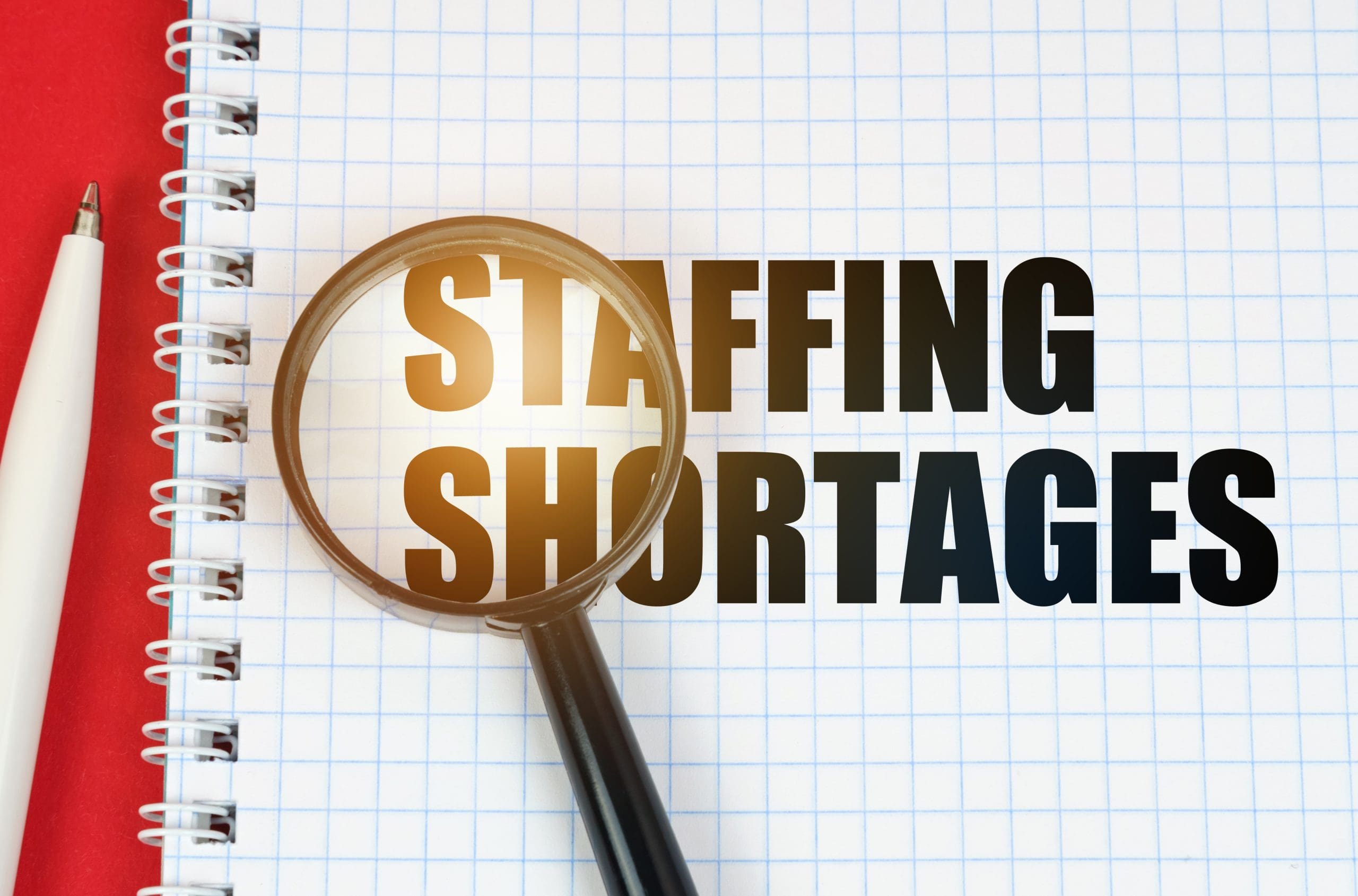The shortage of healthcare professionals, particularly nurses, in New Mexico is a pressing issue that demands urgent attention. The scarcity has reached critical levels, as highlighted in the New Mexico Health Care Workforce Committee Report, 2023 which revealed shortages totaling 6,124 nurses, 1,796 emergency medical technicians, 526 physical therapists, and 482 pharmacists in the state in 2021. This scarcity places a significant burden on hospitals, with travel nurses filling 12% of hospital staff nurse positions at 185 USD to 200 USD per hour (Costello, 2021). Consequently, it is imperative to bolster efforts to produce nurses from the local population or attract nursing professionals who will establish permanent residency in New Mexico.
Nursing plays a pivotal role in ensuring holistic patient care across the healthcare continuum. Nurses serve as the linchpin of the patient’s healthcare journey, tirelessly identifying and addressing the individual’s needs during times of illness or vulnerability. Renowned for their compassion and dedication, nurses epitomize the fusion of art and science, combining heart and mind in their practice.
The impact of the nursing shortage is exacerbated by an aging patient population that has significantly increased demand for healthcare services. New Mexico’s demographics include 18.5% of current residents over 65 years of age, and by 2030, more than 26 percent of residents will be 65 years of age and older (New Census Data Shows New Mexicans Are Getting Older, n.d.). This fundamental problem is one of the largest issues in hospitals and long-term facilities. Moreover, the New Mexico Health Care Workforce Committee Report, 2023 notes high poverty rates and an inordinate percentage of people without a healthcare provider or insurance have led to healthcare disparities.
The demand for nursing professionals is not confined to New Mexico but extends across the nation, steadily increasing for many environmental and socio-economic reasons (Registered Nurses: Occupational Outlook Handbook, 2023). New Mexico faces a shortfall of over 6,100 registered nurses, a predicament ex-acerbated by the challenges posed by the COVID-19 pandemic (University of New Mexico – Health Sciences Center, 2023). Despite legislative initiatives, including significant legislative funding to address nursing recruitment and retention issues, the shortage persists, underscoring the urgency of the situation (“Program Evaluation: Nursing Expansion and Workforce,” 2020).
The persistent nursing shortage necessitates a multifaceted approach, encompassing legislative interventions, educational initiatives, and community engagement. Legislative allocations, such as the 171 million USD for recruitment and retention of staff in hospitals and skilled nursing facilities, and the 30 million USD to support increased numbers of nursing faculty in hopes of increasing capacity for nursing student admissions (Ruggles, 2022). Additionally, a 15 million USD nursing educator endowment aims to bolster nursing education and increase the pipeline of nursing professionals (“Nurse Expansion Appropriation,” 2022). However, concerted efforts from various stakeholders are indispensable to address the root causes of the shortage comprehensively. Nurses serve as key advocates in recruiting prospective nursing students, elucidating the diverse career pathways and opportunities within the profession. Moreover, leveraging the breadth of nursing specialties, ranging from family nursing to psychiatric nursing, offers a spectrum of avenues for individuals interested in pursuing a nursing career.
Nursing stands at the intersection of art and profession, offering a multitude of specialties and professional trajectories. The critical shortage of nurses in New Mexico underscores the imperative for sustained efforts to recruit, educate, and retain nursing professionals. While legislative support provides a foundation for addressing immediate challenges, collaborative endeavors from the nursing community are paramount in navigating the complex landscape of healthcare workforce dynamics.
References:
Costello, B. (2021, October 22). New Mexico hospitals are relying more on travel nurses. KOB.com. https://www.kob.com/archive/new-mexico-hospitals-are-relying-more-on-travel-nurses/
New Census data shows New Mexicans are getting older. (n.d.). UNM Newsroom. https://news.unm.edu/news/new-census-data-shows-new-mexicans-are-gettingolder#:~:text=18.5%25%20of%20New%20Mexicans%20were
Nurse Expansion Appropriation. (2022). In New Mexico Higher Education Department. https://hed.nm.gov/uploads/documents/UNM_HSC_CON_RFA_-_NMHED_Nurse_Expansion_Appropriation_Application_rcv_d_15June2022.pdf
Program Evaluation: Nursing Expansion and Workforce. (2020). In New Mexico Legislative Finance Committee. https://www.nmlegis.gov/Entity/LFC/Documents/Program_Evaluation_Reports/Program%20Evaluation %20-%20Nursing%20Expansion%20and%20Workforce.pdf
Registered Nurses: Occupational Outlook Handbook (2023) U.S. Bureau of Labor Statistics. www.bls.gov/ooh/healthcare/registered-nurses.htm
Ruggles, R. (2022, March 17). Experts: New Mexico’s healthcare workforce problem is here to stay. Yahoo.com; The Santa Fe New Mexican
University of New Mexico – Health Sciences Center. (2023). New Mexico Health Care Workforce Committee 2023 Annual Report. New Mexico Health Care Workforce Committee (2013-Ongoing). https://digitalrepository.unm.edu/nmhc_workforce/11/




























1 Comment. Leave new
I am new to NM, but wondered if there are outreach programs with the high schools that go and speak at Career Fairs (if they have those here) to try and encourage high schoolers to consider a career in nursing? Also, are high schoolers able to take courses at local community colleges for dual credits so they can get a jump start by completing basic courses, then immediately into an Associate degree program after graduation? I took a course in high school that allowed us to work as CNAs which again stimulated my interest in the field of nursing. Please disregard if these questions have been answered or even better, are already in play! I just know how important it is to garner interest in the field early.
Thank you, Sharon